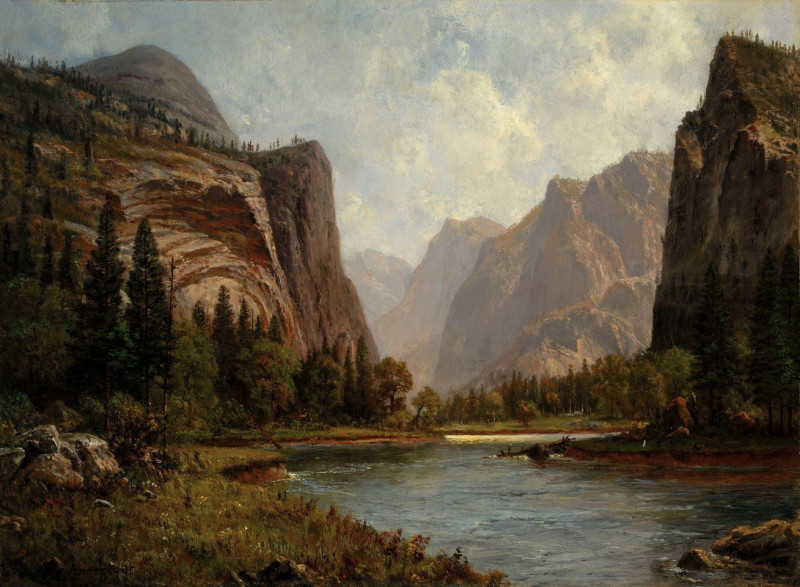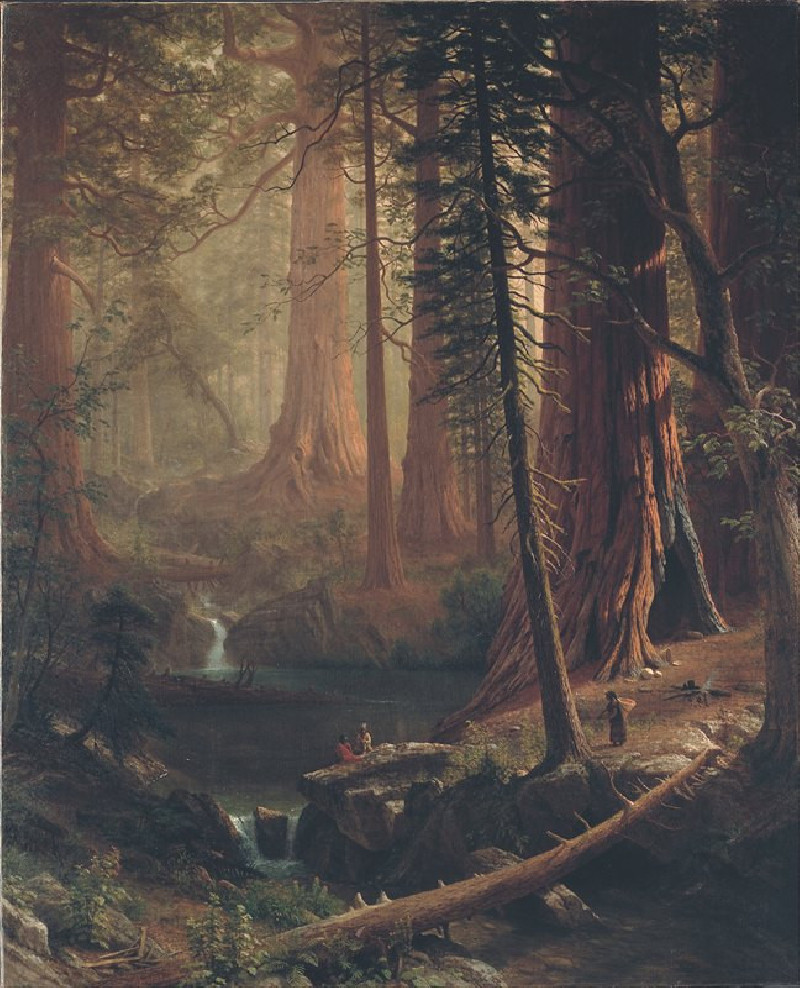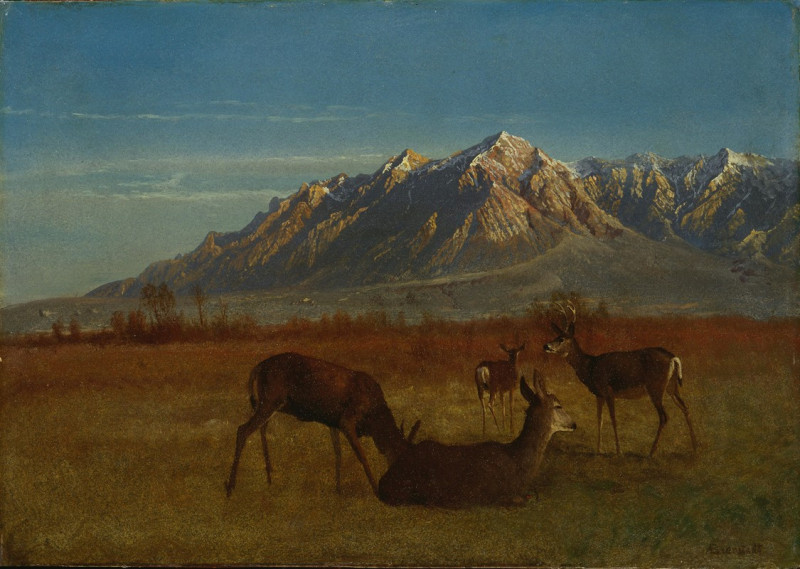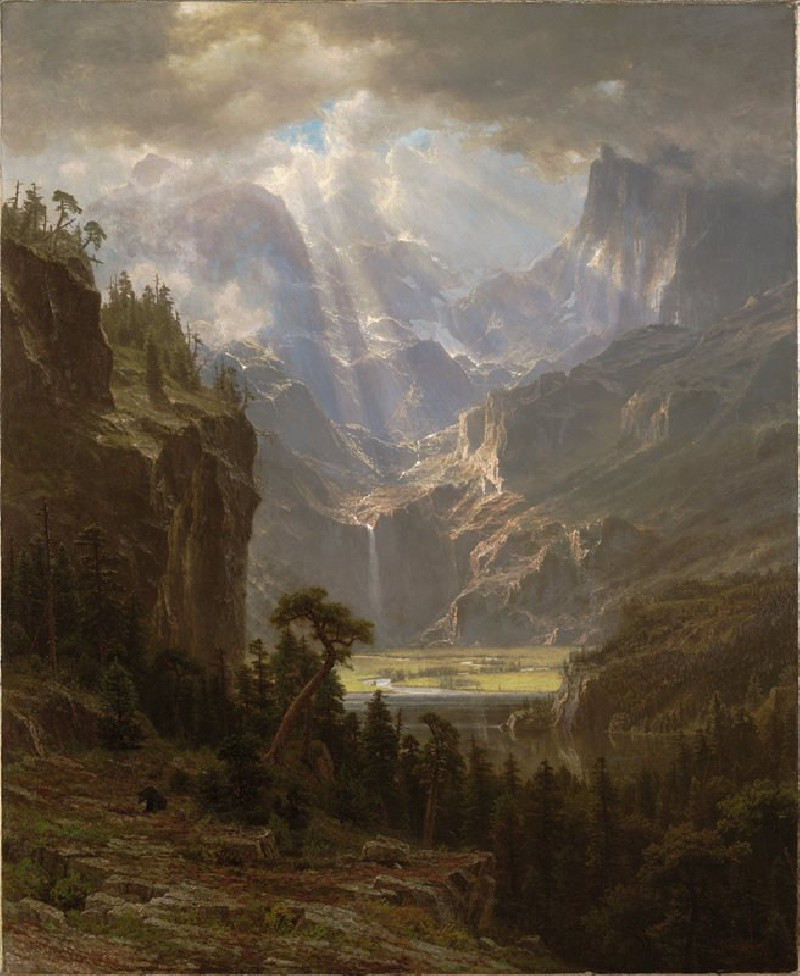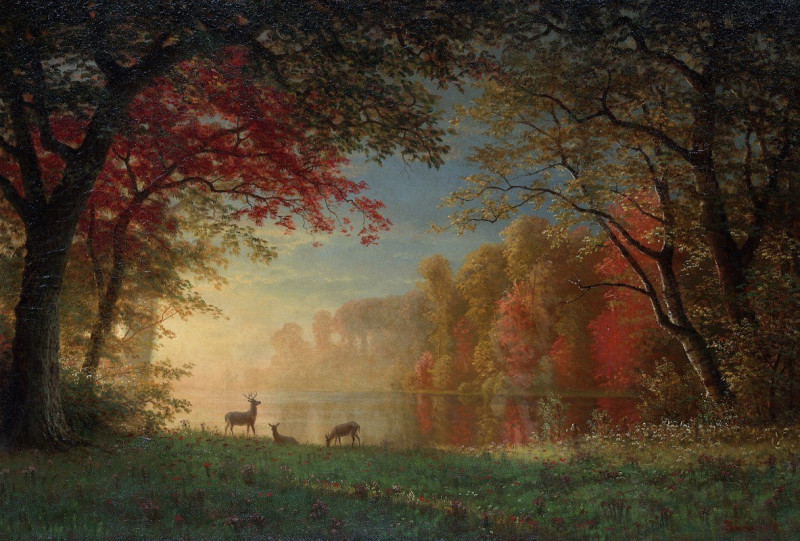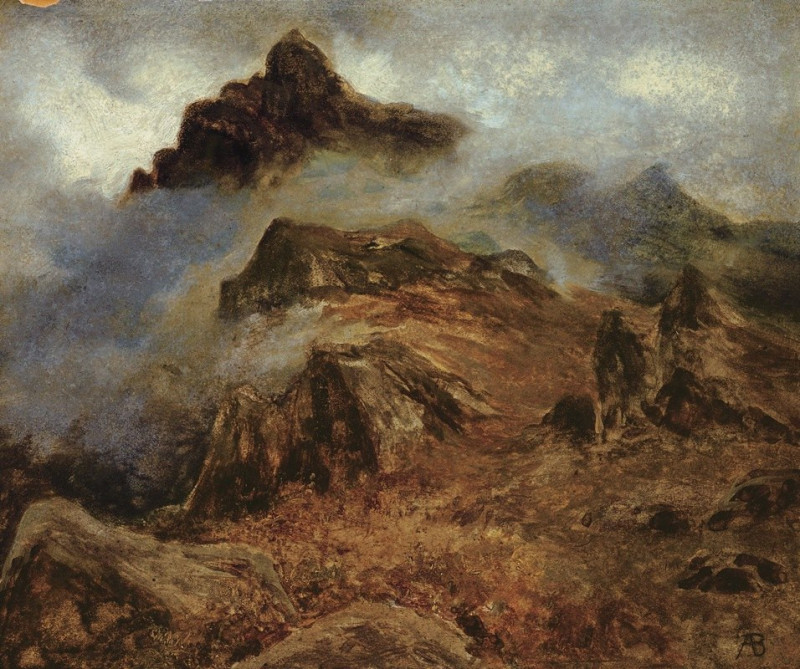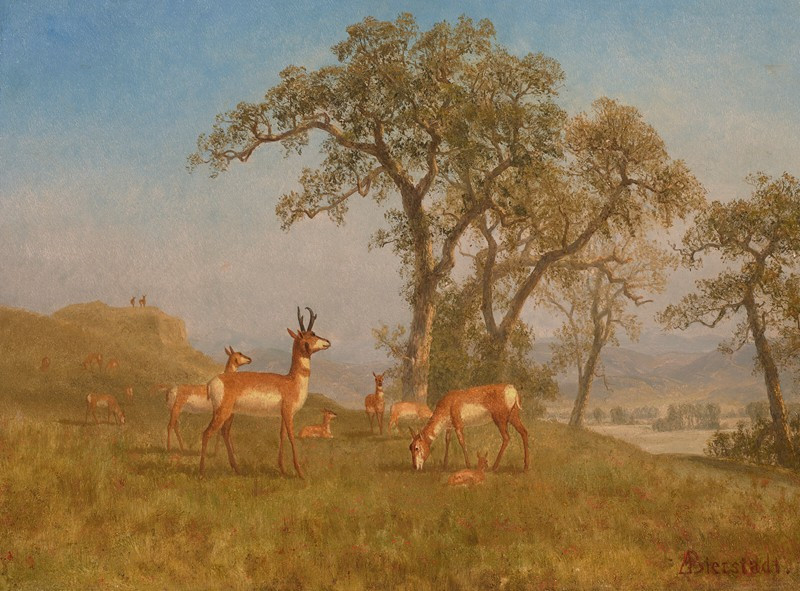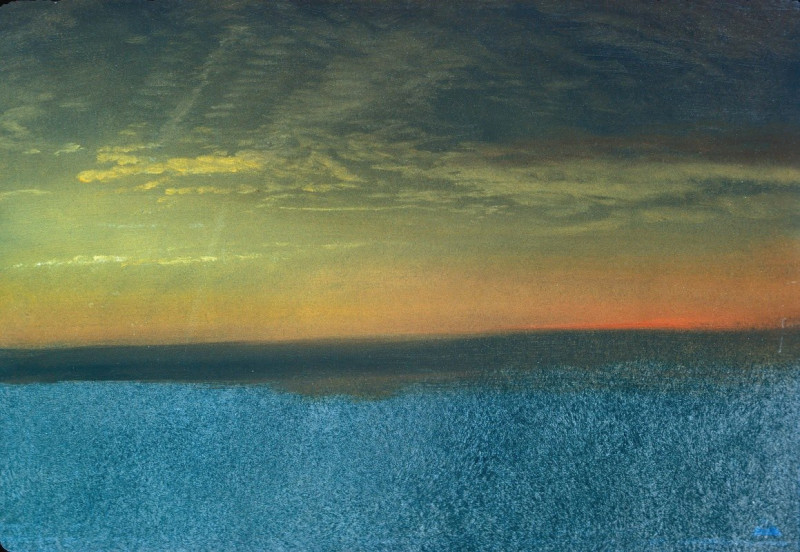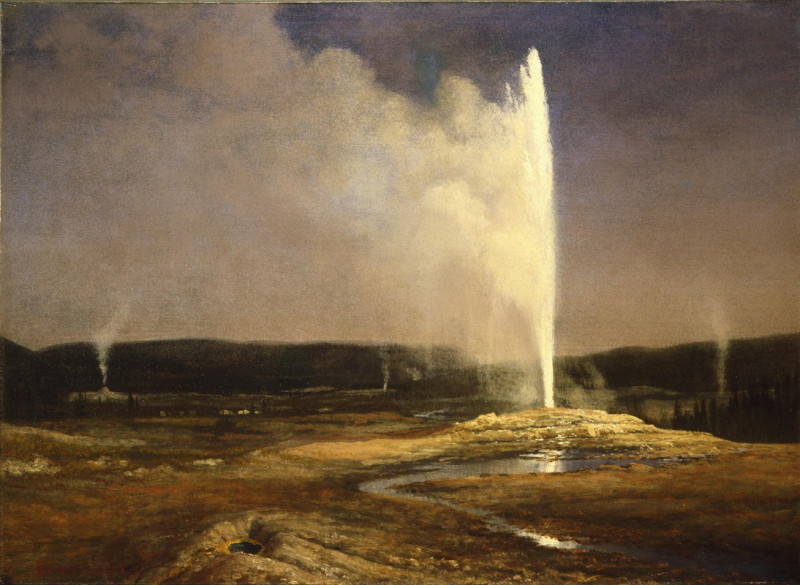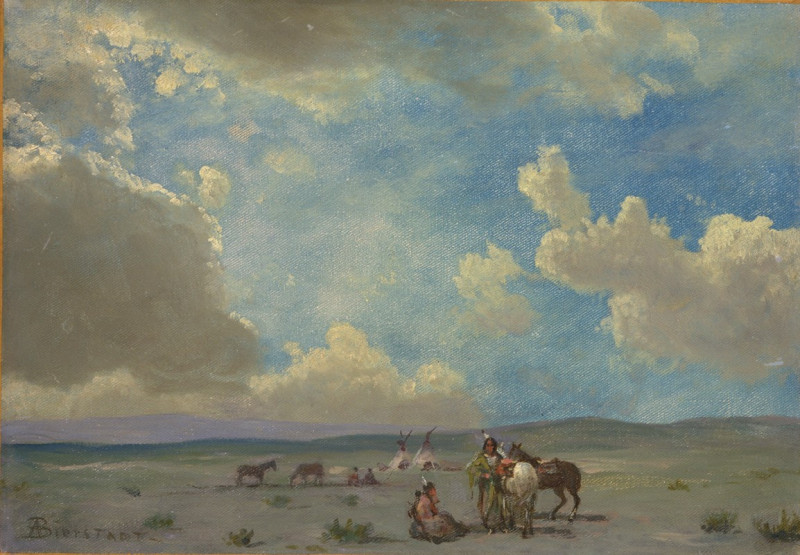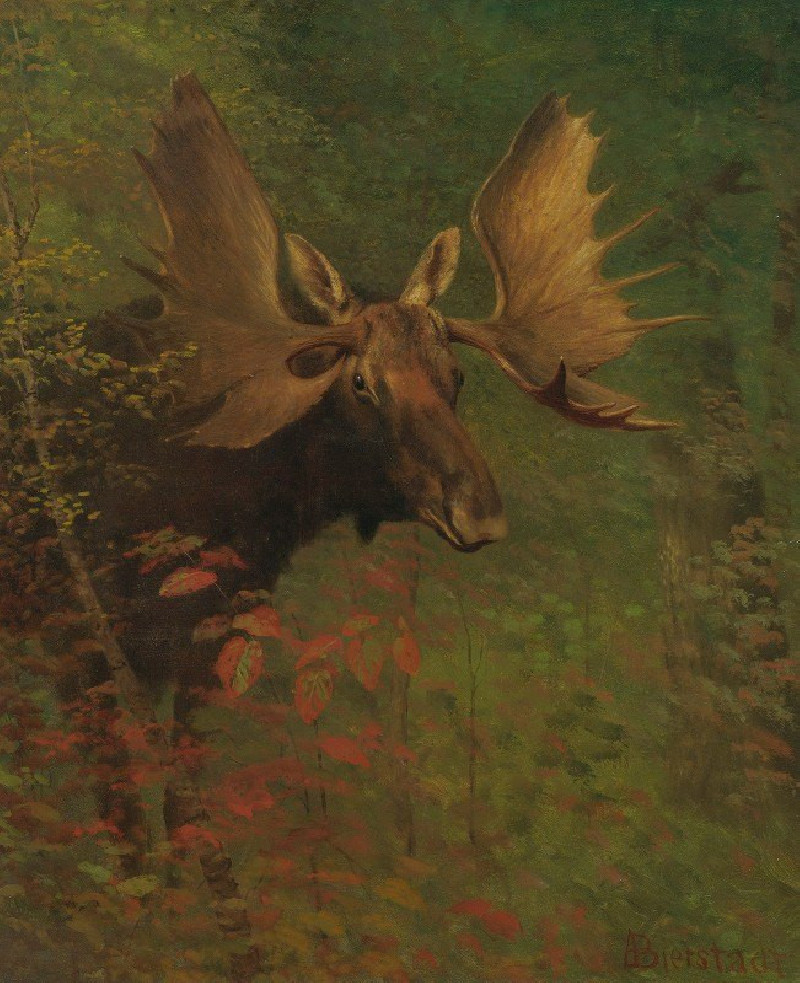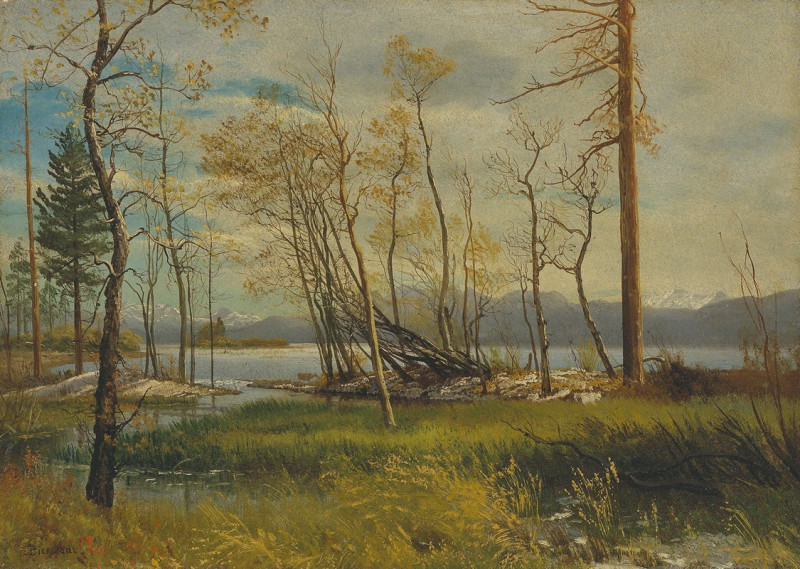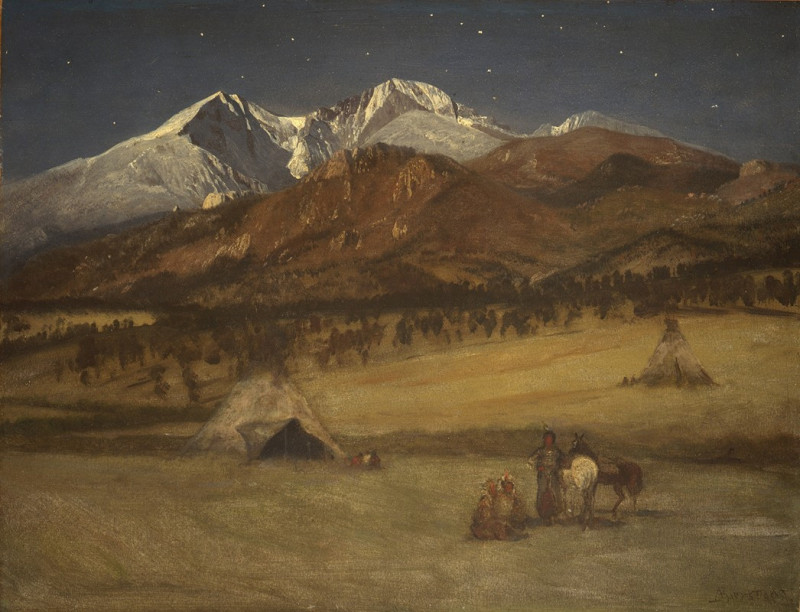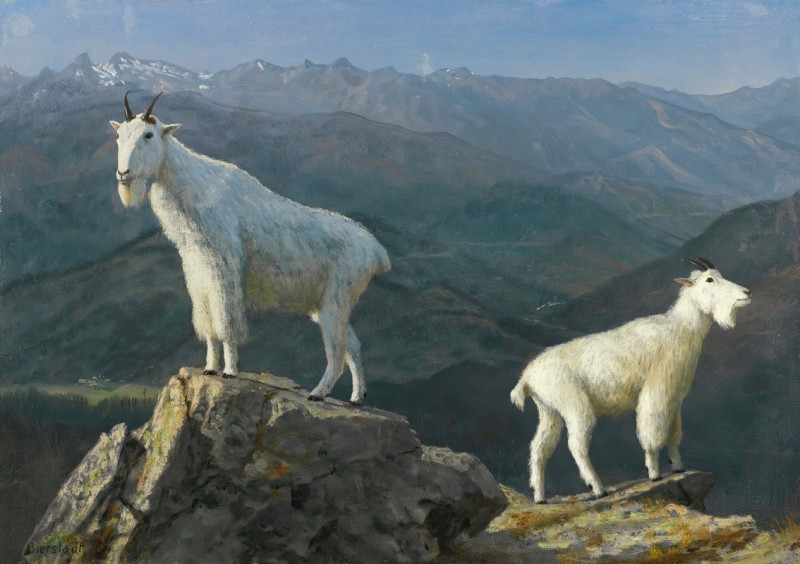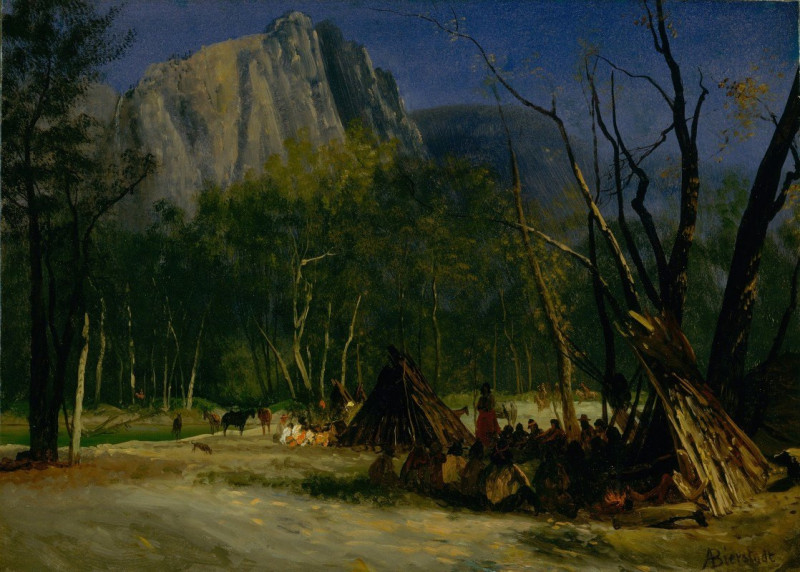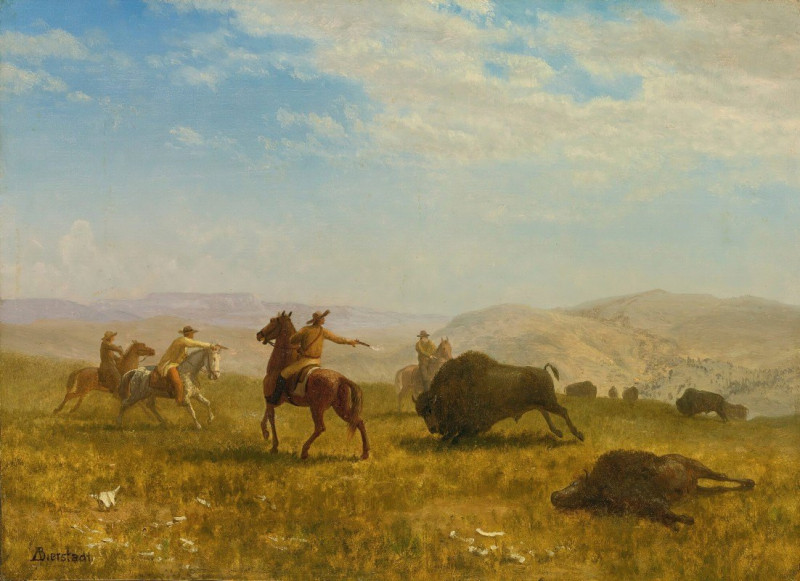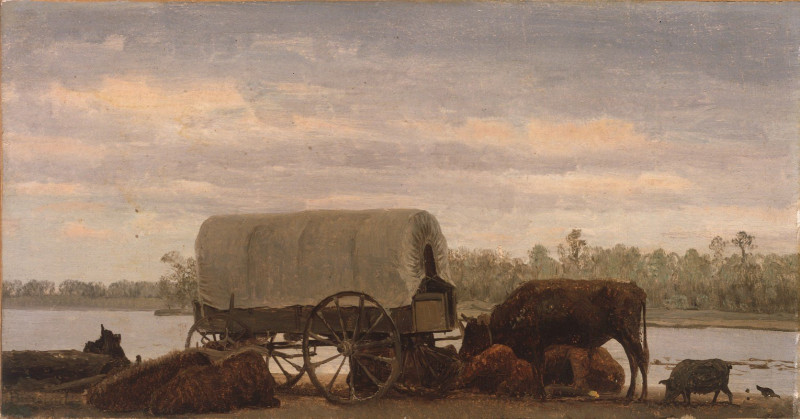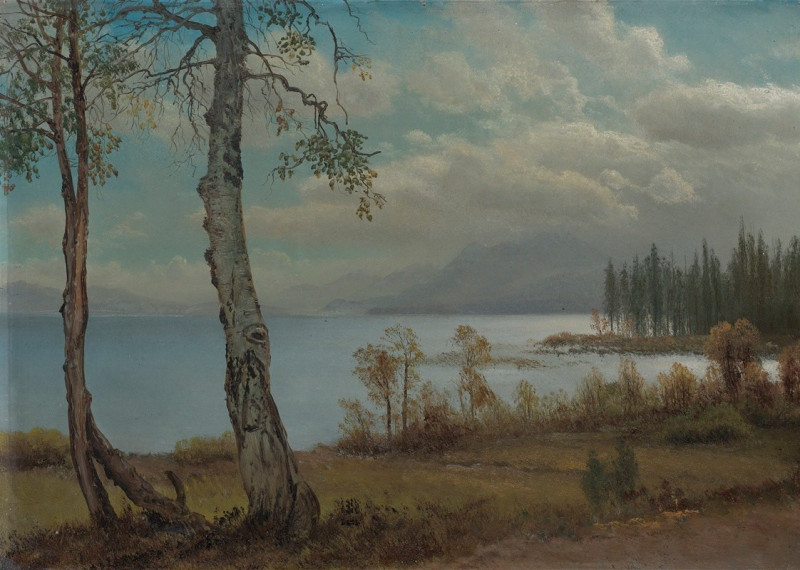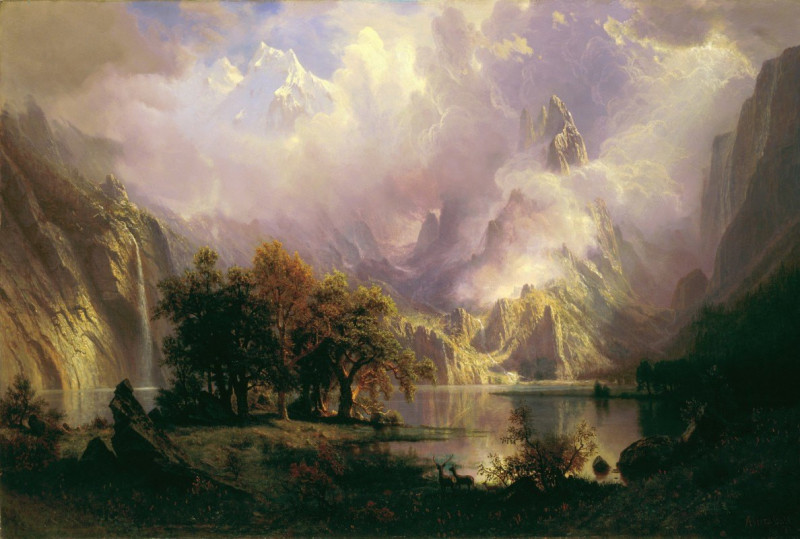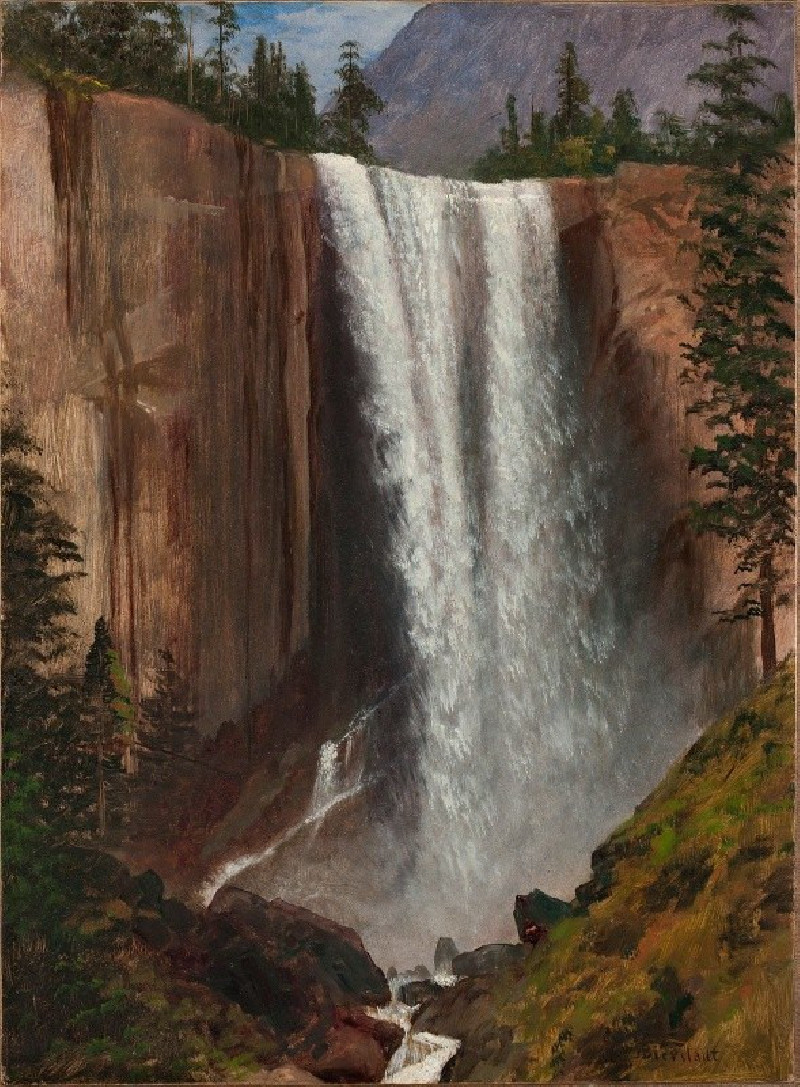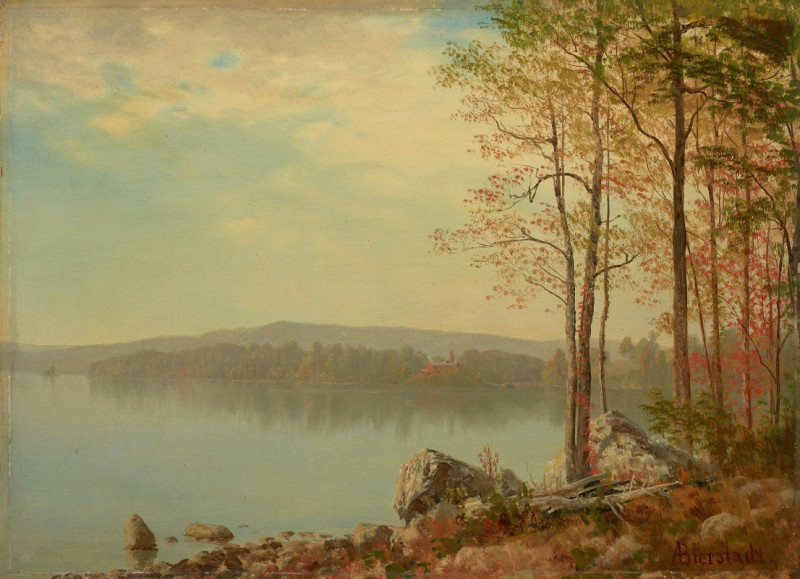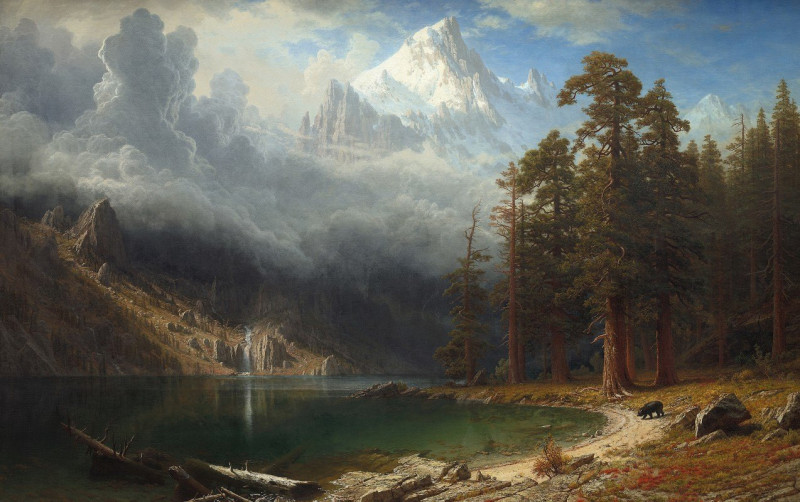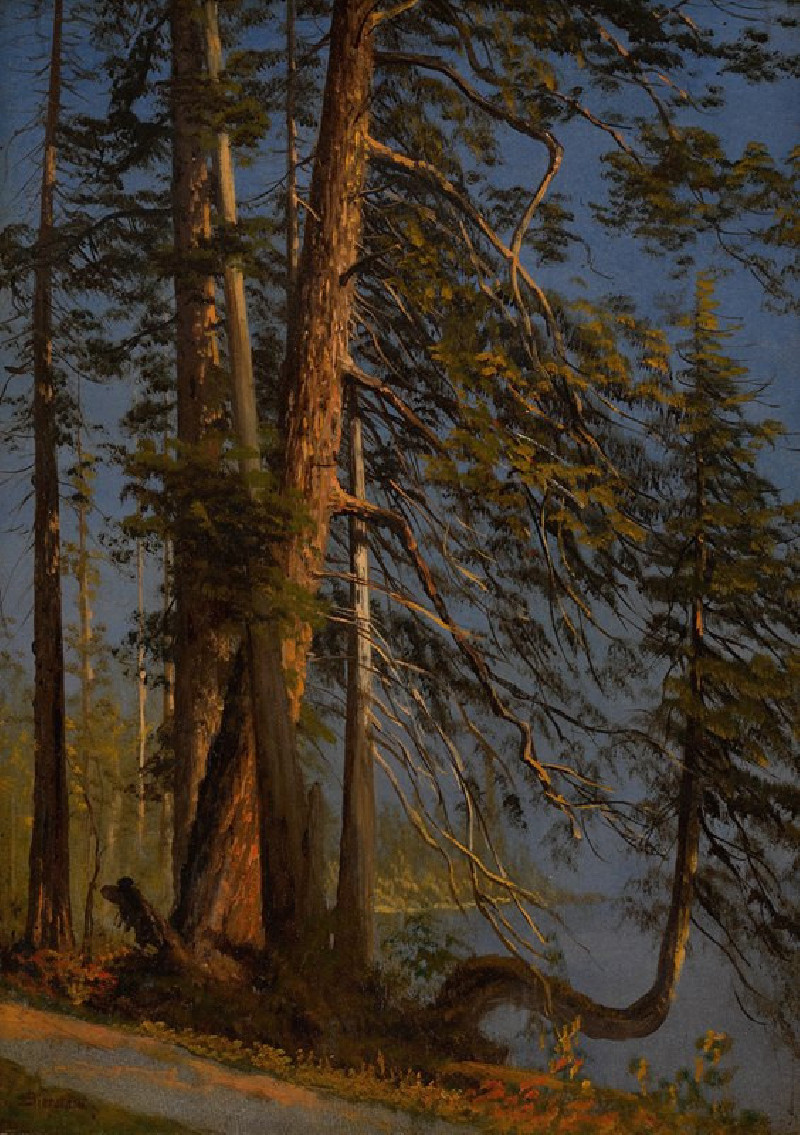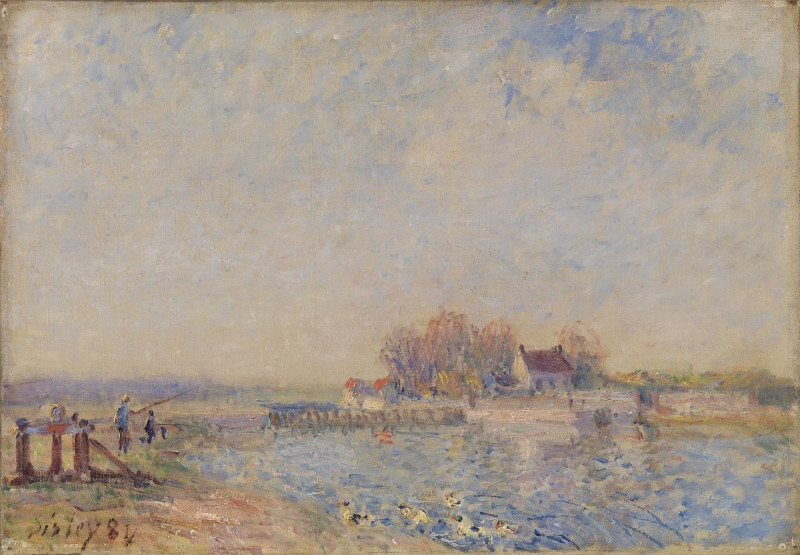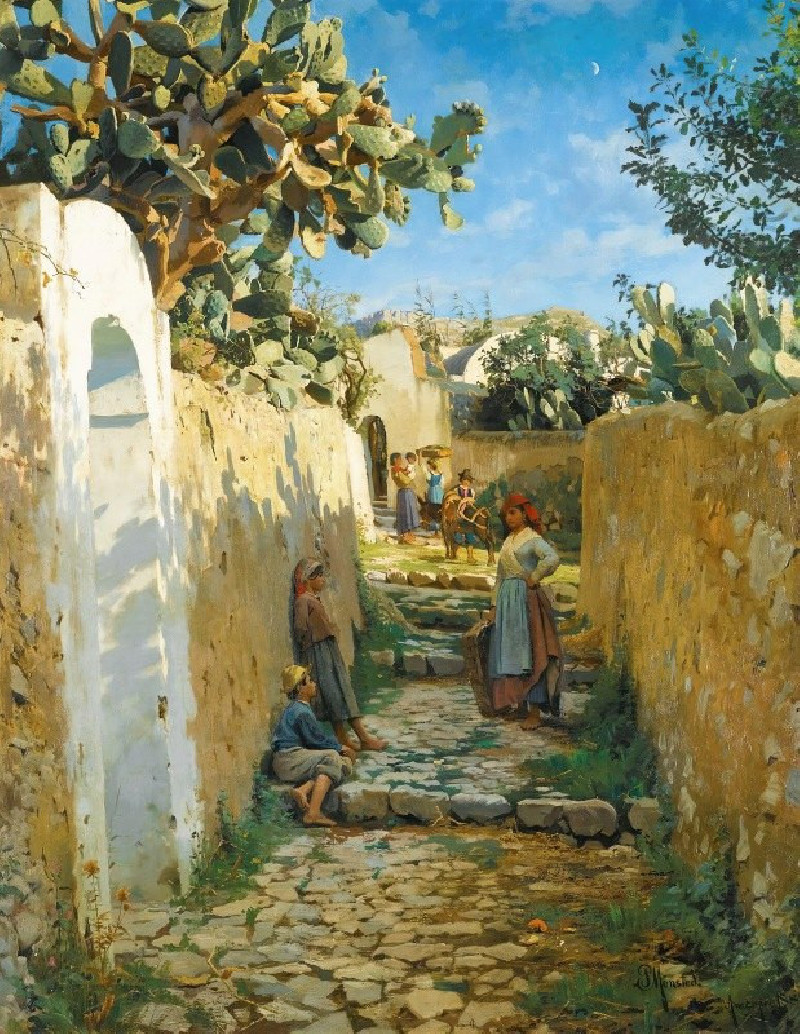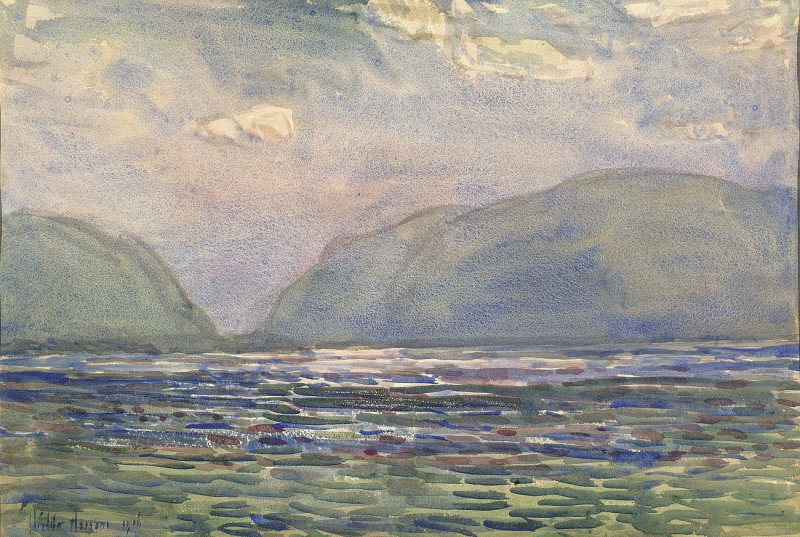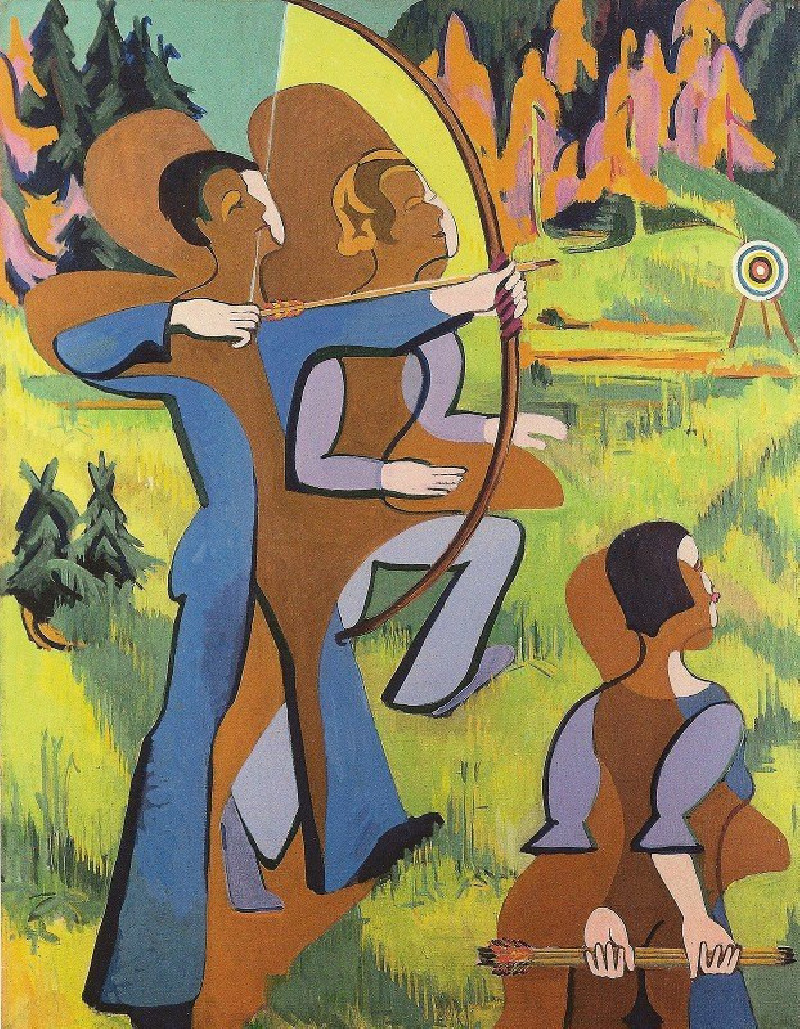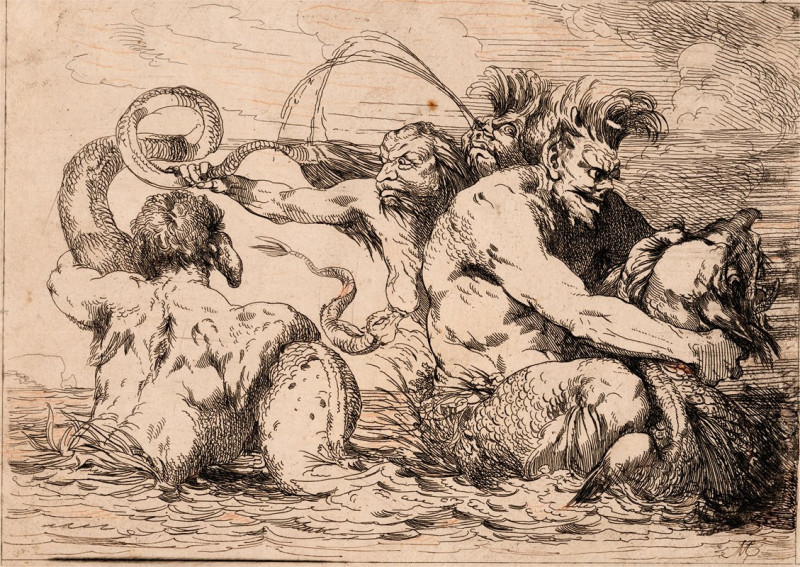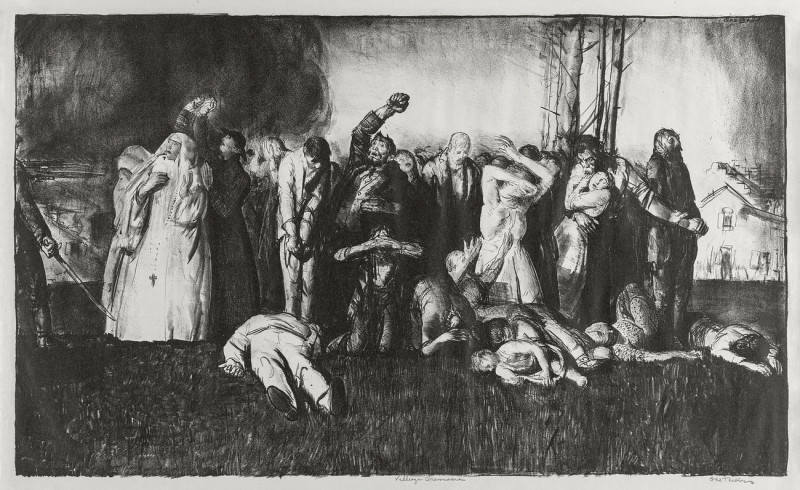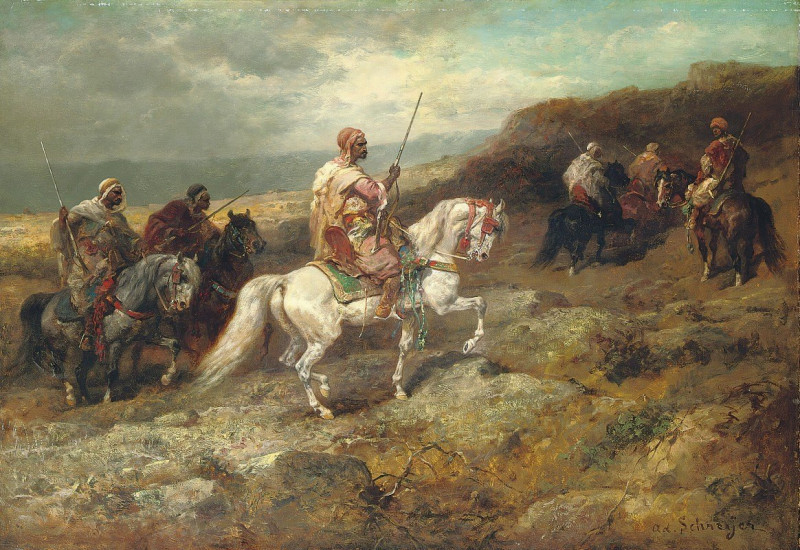Gates of the Yosemite (ca. 1882)
Technique: Giclée quality print
Recommended by our customers
More about this artwork
Welcome to our exploration of "Gates of the Yosemite," a captivating masterpiece by Albert Bierstadt, dating back to around 1882. This painting unfolds a majestic view of the Yosemite Valley, an iconic and inspiring landscape that Bierstadt so famously captured through his luminous and detailed artistry.In "Gates of the Yosemite," Bierstadt uses his skill to depict a striking vista that invites viewers into a serene, almost untouched world. The foreground of the composition features a gentle, meandering river, reflecting a soft sky and bordered by lush greenery. Towering trees punctuate the banks, their dark forms contrasting with the light-dappled water.The middle ground draws the eye to the grand rocky cliffs, painted with extraordinary detail in warm hues that capture the sunlight striking their rugged surfaces. These monumental formations, characteristic of Yosemite’s unforgettable geology, guide the viewer’s gaze deeper into the painting.In the distance, the valley recedes into misty blues and grays, creating a sense of infinite depth and highlighting the vastness of the landscape. The sky, a soft canopy of clouds, bathes the entire scene in a diffused, gentle light, contributing to an overall feeling of awe and tranquility.Albert Bierstadt’s "Gates of the Yosemite" is not just a record of a geographical location; it is an invitation to experience the sublime beauty and grandeur of nature. Through his masterful use of color, light, and composition, Bierstadt elevates the painting to a celebration of the natural world, a theme that resonates with lovers of art and nature alike.
Delivery
Returns
Albert Bierstadt (January 7, 1830 – February 18, 1902) was a German-American painter best known for his lavish, sweeping landscapes of the American West. He joined several journeys of the Westward Expansion to paint the scenes. He was not the first artist to record the sites, but he was the foremost painter of them for the remainder of the 19th century.

